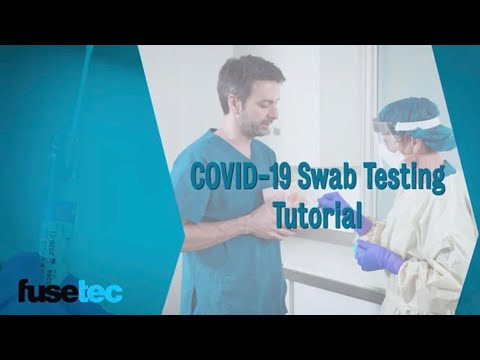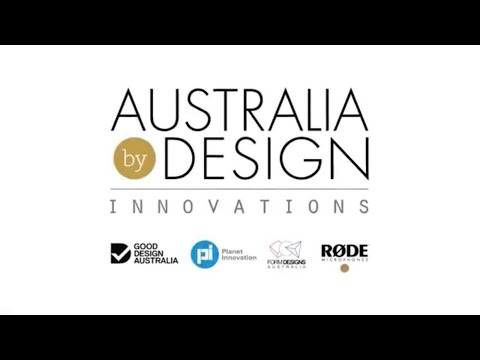How Fusetec is revolutionising medical training
Fusetec is revolutionising medical training using advanced additive manufacturing of human body parts for use as teaching aids during surgical training. Body parts complete with realistic, anatomically accurate bone, skin and muscle.


Soft Tissue Reproductions
Having ownership of the world’s leading technology Fusetec can simulate a variety of medical training devices.
- Reproducing exacting density of all anatomical tissues and bone densities.
- Organs or joints are reproduced to an accuracy of 20 micron.
- Fusetec Soft Tissue medical training devices provide exacting haptic feedback.
- Multiple materials and colors are advanced manufactured simultaneously emulating real life operable conditions.
Commission Development
Fusetec is happy to work with medical institutions and educational facilities from around the world. Contact Fusetec to request a collaborative project to design and develop an advanced medical training device. This may be an education training model for graduate course level to an advanced multi-discipline clinical training device. All Medical Training Devices are designed, developed and endorsed by leading specialists, prior to being released to the medical sector.
Industrial Prototypes:
Gain a competitive advantage through faster design and prototyping to manufacturing. Fusetec provides a range of solutions and materials and work collaboratively with R&D projects, across a variety of industry sectors
- Aerospace
- Automotive
- Corporate
- Defence
- Education
Clinical education and training models
Conduct clinically relevant training anywhere on realist anatomical accurate medical training devices, customised for virtually any clinical scenario. Fully operable surgical simulation models provide robust tissue interaction and tactile response that can be created to simulate specific pathology. Fusetec 3D can assist in product development from needle training models to organ reproductions with pathology, allowing trainees to develop skill by repetitive rehearsal.
ENT Training Devices
"This has been developed into a model where the face has a cassette of the sinuses which can be surgically operated on to teach ENT surgeons the anatomy and the surgical techniques needed to perform endoscopic sinus surgery. This anatomical model has now been validated in an international FESS course (21st Advanced FESS Course, University of Adelaide) by attending surgeons and surgery was demonstrated on the model after the CT of the model was used to understand and plan the surgery by the attending delegates."
Professor and Chairman of Otolaryngology Head and Neck Surgery: Peter- John Wormald.
The professor has now ordered seven more sinus trainers, with variation in anatomy and pathology.
ENT Trainers are available to purchase by contacting Mark Roe for details.
A range of medical devices can be designed and manufactured to simulate specific pathology, such as, tumours, broken bones or defective heart valves, enabling student and surgeons to practice specific procedures.
Chief Executive Officer, Mark Roe, “In the real world, medical students study at university for five years to obtain their degree. During this entire time, surgical students rarely dissect human flesh—these skills are developed during their hospital residency.
This means that most first-year surgical residents are performing dissections for the very first time on extremely expensive cadavers, or on real patients at a high-risk to both the patients and the surgical residents.”
“So, we decided to manufacture highly realistic human body parts for surgical training purposes. Students learn how to hold a scalpel, how to make a cut, and how to use other medical implements before practising on human beings. Plus, our manufactured body parts don’t have any of the inherent risks associated with cadavers—there is no bacteria, no strict storage and disposal protocols, and no regulatory burdens.
Our medical devices are mass produced, affordable and readily available with pathology on demand. Fusetec is taking medical training out of the 17th century and into the 21st century.”
As a new company we have the opportunity to embrace the latest technology available, this makes Research & Development the foundation of our corporate culture. Fusetec collaborates with highly respected medical professionals, institutions and universities, continuously evolving additive manufacturing technology to improve medical device applications. Fusetec along with our partnership arrangements will continue to develop, new materials and IP to better simulate the human anatomy.
We believe that within the next decade it may be possible to manufacture human organs for transplant and every aspect of our learning will get us one step closer to this quantum leap forward in healthcare.
